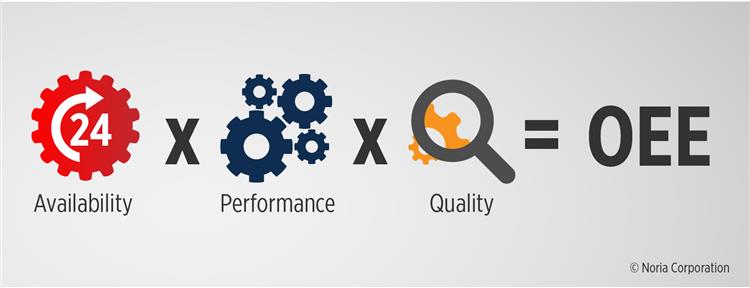Maintenance management can be divided into reactive, preventive, proactive, and predictive. A lack of predictive maintenance leads to reactive maintenance, which failure triggers. Reactive maintenance is often associated with higher costs from more significant labor, materials, and management demands.
Proactive maintenance maintains equipment repaired and operational through predictive maintenance and a significant focus on removing the fundamental causes of failure. A perfect set of preventive maintenance techniques would prevent all equipment failure before it happened, allowing you to undertake repair work when it was most suitable, boosting availability and customer service.
Most of the industries in the Philippines still rely on reactive maintenance as a significant part of their maintenance strategy. But for decades, evidence has shown the more excellent benefits of proactive and predictive maintenance.
A reactive maintenance strategy can also harm your company because it can trap you in a vicious loop of ongoing emergency work, putting off activities that could have led to less emergency work. Furthermore, reactive maintenance is far more expensive than proactive maintenance. This is because reactive maintenance jobs are tricky, but proactive maintenance duties are more straightforward.
Overall Equipment Effectiveness
The gold standard for assessing industrial productivity is Overall Equipment Effectiveness (OEE). It determines the proportion of productive production time. An OEE score of 100% indicates that you produce only suitable components with no downtime.
Measuring OEE is an example of proactive/predictive maintenance and one of the best practices. You will get critical insights on enhancing your manufacturing process by measuring OEE and the underlying losses. OEE is the best statistic for finding faults, measuring progress, and optimizing manufacturing equipment productivity.
 Source: Noria Corporation
Source: Noria Corporation
Proactive Maintenance
Shifting from reactive to proactive maintenance necessitates new ways of thinking, doing, and managing. This sort of transformation will be a lengthy and drawn-out process. In the end, you may never be free of reactive maintenance tasks, but unplanned repairs can be reduced.
When proactive maintenance is designed, implemented, and managed, it will result in optimal asset reliability at optimal cost. The corporation will gain more excellent value from its equipment and maintenance budget; upfront expenditures will be lowered, profit margins will be increased, work will be more manageable, and more.
Although maintenance expenditures cannot be eliminated, they can be diverted. You should devote your time, money, and energy to completing proactive tasks since it will reduce reactive work.
Predictive Maintenance
Another maintenance approach is predictive maintenance. It will enable you to better plan corrective actions before the equipment experiences a catastrophic failure. A variety of technology tools can help with this, and the primary goal of each is to measure failure symptoms or faults.
This approach still requires a significant workforce to perform tasks that may seem unnecessary. But, when factors like production uptime and the ability to plan work are considered, this extra effort can pay off in the long term.
According to a case study by the Office of Energy Efficiency and Renewable Energy, practicing periodic component replacement in predictive maintenance saves an estimated 12 to 18 percent over reactive maintenance.
How to Shift Away from Reactive Maintenance

Here are a few suggestions to help transition from reactive to proactive or predictive maintenance.
- Enable Machines for Routine Inspections
- Control Ingression of Contamination
- Train for Knowledge and Motivation
- Oil Analysis
Not all programs and initiatives are created equal. The ideal program uses several maintenance modes to ensure that the plant runs. Understanding the different maintenance philosophies and having an excellent grasp of operations, machine criticality, costs, and more will be essential in adopting a balanced approach at your plant.
A reliability-centered laboratory, CRE Philippines, offers diverse programs and solutions that help address your questions about shifting maintenance practices. CRE also prides itself on its Oil Analysis Program with its various Machine Diagnostics and Test Packages.
Sources:
Moving from a reactive to a proactive culture. The University Of Tennessee Knoxville. (2021, May 26). Retrieved from https://rmc.utk.edu/moving-from-a-reactive-to-a-proactive-culture/
OVERALL EQUIPMENT EFFECTIVENESS. OEE. (n.d.). Retrieved from https://www.oee.com/
Shifting Your Maintenance Strategy: Corrective to Preventive and Beyond. Maven Asset Management. (2021, June 25). Retrieved from https://www.mavenasset.com/shifting-your-maintenance-strategy-corrective-to-preventive-and-beyond/
Wright, J. (n.d.). Making the Transition to Proactive Maintenance. Machinery Lubrication. Retrieved from https://www.machinerylubrication.com/Read/30446/proactive-maintenance-transition


